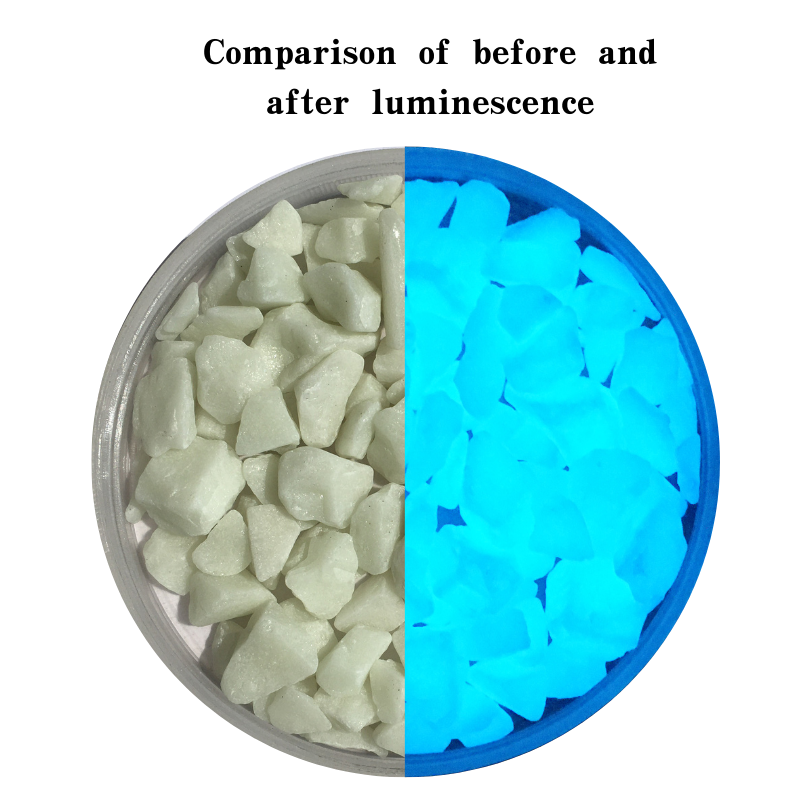
volcanic porous rock
Exploring Volcanic Porous Rocks Nature’s Unique Creations
Volcanic porous rocks, commonly referred to as volcanic rocks or pyroclastic rocks, represent one of nature's most fascinating geological formations. Created through the process of volcanic activity, these rocks are characterized by their unique porous structure, which distinguishes them from other types of igneous rocks. Understanding volcanic porous rocks not only provides insights into geological processes but also unveils their significant role in various ecological and human applications.
Formation and Characteristics
Volcanic porous rocks are formed during explosive volcanic eruptions when magma is ejected violently into the atmosphere. Upon rapid cooling and solidification, gases trapped within the magma create numerous bubbles or voids, resulting in a highly porous texture. This process can produce a variety of rock types, including pumice, scoria, and tuff, each with distinctive properties.
Pumice, for instance, is light-colored and highly porous. Its low density allows it to float on water, making it an intriguing material for various applications. Conversely, scoria is typically darker and heavier, with larger vesicles that form during the eruption of basaltic lava. Tuff, on the other hand, is composed of consolidated volcanic ash and fragments, showcasing a diverse range of textures and densities.
Importance in Nature
The ecological importance of volcanic porous rocks cannot be overstated
. Their porous structure plays a crucial role in water retention and drainage, making them an important component of soil formation in volcanic regions. These rocks help facilitate water infiltration, promoting vegetation growth and stabilizing the ecosystem. Furthermore, the minerals derived from volcanic rocks contribute nutrients to the soil, which can enhance agricultural productivity in the vicinity of volcanoes.volcanic porous rock

Moreover, volcanic porous rocks serve as significant habitats for various organisms. The microenvironments created by the porous surfaces provide shelter and moisture retention for small plants, fungi, and microorganisms. As such, these rocks are integral to maintaining biodiversity in volcanic landscapes.
Human Uses
Beyond their ecological significance, volcanic porous rocks have numerous practical applications for humans. Pumice, in particular, is widely used in beauty and cosmetic products as a gentle exfoliant. Its lightweight properties also make it an ideal material for lightweight concrete and landscaping, where it can provide insulation and reduce overall weight in construction.
In addition, scoria is often employed in drainage systems due to its excellent water retention and aeration capabilities. Its vibrant color and unique texture also make it a popular choice for decorative landscaping and architectural features. Furthermore, volcanic ash from these porous rocks is utilized in various industrial applications, including cement production and as a soil amendment in agriculture.
Conclusion
Volcanic porous rocks are remarkable geological formations that embody the dynamic processes of our planet. Their formation through volcanic eruptions not only creates aesthetically captivating landscapes but also supports diverse ecosystems and human activities. As we continue to study and understand these unique rocks, we can appreciate their vital role in both the environment and industry. From enhancing soil fertility to providing resources for construction and beauty products, volcanic porous rocks highlight the intricate connections between geology, ecology, and human ingenuity. As awareness grows regarding the importance of sustainable practices, the responsible use of these natural resources will be essential for future generations to benefit from the unique properties of volcanic porous rocks.
Share
-
Premium Resin Coated Sand - High Heat Resistance CastingNewsJul.31,2025
-
High Quality Silicon Carbide Grit for Abrasive ApplicationsNewsJul.30,2025
-
High-Quality Ceramsite for Plants & Gardening | Lightweight PebblesNewsJul.29,2025
-
Premium Burgundy Glass Marbles for Vases & Shooter GamesNewsJul.29,2025
-
High Purity Quartz Sand for Industrial and Ground ApplicationsNewsJul.29,2025
-
High-Quality Barite Powder for Drilling & Industrial UseNewsJul.29,2025






